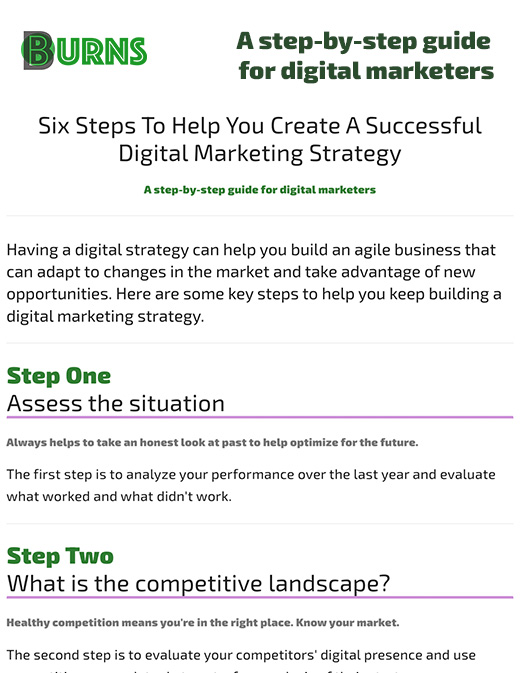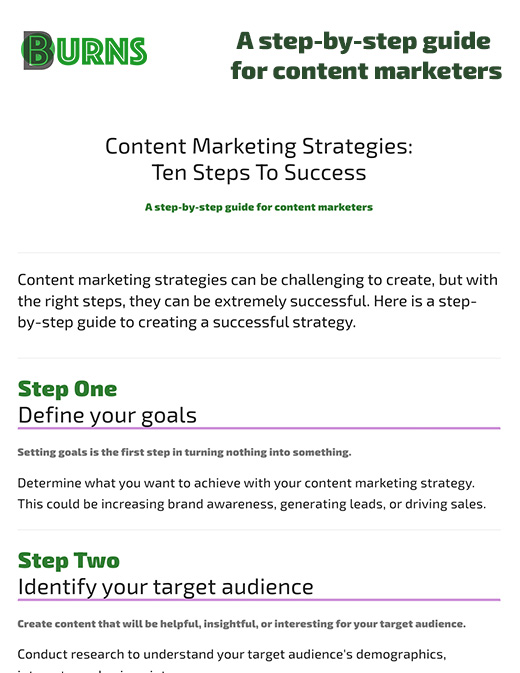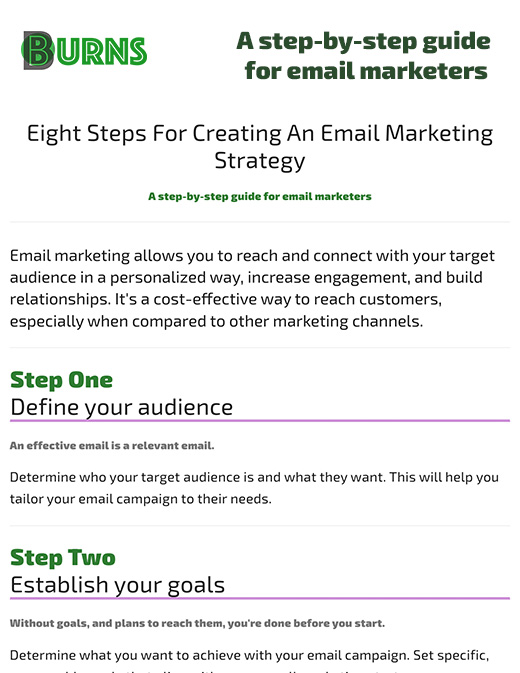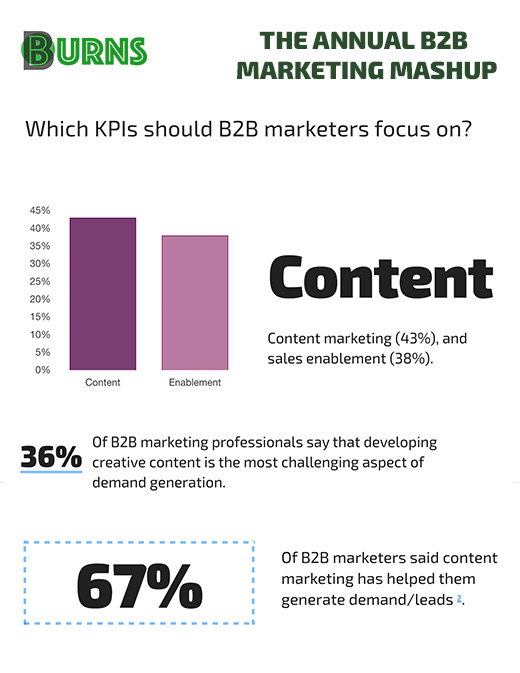The rise of hyper-personalized marketing strategies
Josh BurnsDate: March 2, 2024 | Time: 5 min to read
Engaging hyper-personalization strategies lead to higher engagement rates, conversion rates, and ultimately growth
Absolutely no doubt about it, AI is revolutionizing the marketing landscape offering awesome opportunities for hyper-personalization. It's not a one-size-fits-all solution, but the potential of AI in marketing is truly mind-blowing. As technology advances, the ability to tailor marketing efforts to individual customers is ushering in the next era of innovation. There are plenty of challenges to implementing a hyper-personalization strategy, but not implementing one will cost you more than having one that needs some tuning. Let's shift gears from personalization and explore hyper-personalization for truly tailored individual experiences.

<<<<<< scroll for full image >>>>>>
Hyper-personalization is different from personalization in that it involves the use of real-time data, AI, ML, and predictive analytics to create distinct, individualized experiences at scale. Hyper-personalized experiences go beyond traditional personalization by considering context, location, time of day, and even the weather in order to provide even more personalized and contextually relevant experiences. To increase conversion rates and customer engagement, hyper-personalization aims to build meaningful relationships, elicit meaningful responses, and deliver unique experiences.
What are some brands we see using hyper-personalization?
Netflix shows users intriguing content they might otherwise miss through hyper-personalization. Amazon uses hyper-personalization to provide a more personalized experience. Starbucks uses a data-driven AI algorithm to send over 400,000 variants of hyper-personalized messages to their customers, resulting in unique and sometimes unexpected offers for each specific member (whoa! Revenue via offer redemptions increased three-fold, with an estimated 25% of total transactions being conducted via the mobile app 1).
What software do we need to implement hyper-personalization?
Let’s focus on features we need to be able to execute hyper-personalization. We want to include tools for creating automated hyper-personalized content, they need to be able to leverage real-time customer data, AI, and deploy customized multichannel advertising offers to each customer. We need to have strong data, analytics, ML, AI, and automation. Not only that, but we can find real-time examples of software including cloud-based tools for creating hyper-personalized image messages, as well as platforms that combine real-time customer data from multiple touchpoints and channels to create ultra-detailed, per-customer marketing strategies.
There are so many flavors of software out there. In my experience, fragmented MarTech stacks can lead to complexity, inefficiency, and might have some challenges integrating other systems. Every situation is different and there is no shortage of incredible MarTech out there to build with. We always need to do our diligence and take a measured approach with new integrations. Once we have a solid foundation in terms of orchestration and our core configuration—we are ready to go.
How do we create a hyper-personalized marketing experience?
The foundation of hyper-personalization is data, more specifically high-quality data. Behavioral data, browsing histories, and other contextual information are included in addition to the basic information like names, campaign touches, and purchases. Using advanced technology we can analyze and understand the collected data. By utilizing this approach, we can provide users with relevant offers and experiences. Deliver hyper-personalized communications through email and other channels by utilizing first-party data. Provide personalized product recommendations and more tailored engagement for individuals based on their needs and preferences. Get to know customers on a deeper level and deliver targeted solutions and personal service. We need to contextualize all customer data and start to predict their next actions. We will be able to provide advanced recommendations and make decisions more quickly as a result.
What are some challenges we might run into implementing hyper-personalization?
Hyper-personalization relies on vast amounts of data, which must be gathered from various sources and managed to ensure accuracy, completeness, and consistency.
- The collection and use of personal data for hyper-personalization may raise privacy concerns and has to be handled transparently to comply with applicable laws and regulations.
- Implementing hyper-personalization requires the integration of various technologies such as AI, ML, and automation, which can be complex and require specialized expertise.
- Hyper-personalization demands a significant investment of time, money, and resources for setting up the necessary infrastructure, training, and connecting various software packages.
- Subscribing to the necessary software packages for hyper-personalization can be a substantial investment, although it is expected to pay off over time.
Concluding thoughts for the day
As someone who works in the field, I understand how challenging and resource-intensive it can be to implement hyper-personalization in marketing. This approach involves tailoring marketing efforts to individual customers using data gathered on their specific preferences and behaviors. It requires a holistic marketing strategy, the right technology, integrated business processes, and a thorough understanding of the customer.
Despite challenges, it can have a significant impact by helping us anticipate customer needs, increase loyalty, and minimize churn rates. So far it seems to be paying off for many B2C brands. We can learn from examples of hyper-personalization, such as product recommendations delivered by AI recommendation engines and apply them to our own strategy. I am anxious to see more B2B use cases and to continue to research case studies. If you have any to share, please do.
★ Bits & Bytes: The future will involve less cross-site tracking but not a complete absence of cookies. First-party data collected through first-party cookies will remain crucial to personalize user experience effectively.
Implementing hyper-personalization strategies can significantly enhance your marketing efforts and segmentation is critical. Divide your customers into segments in order to target them with the best experience possible.
While the primary focus of hyper-personalization is to build lasting relationships and deliver unique experiences, the use of AI and real-time data can sometimes lead to amusing or unexpected outcomes. Be certain you monitor and validate throughout the process.
Layering on a hyper-personalization strategy is key. Make sure you have a standard personalization strategy in place as well, so we ensure the best experience for everyone at any moment in their journey.
Some great references used to research:
- (1) Deloitte — Connecting with meaning
- Sitecore — What is hyper-personalization?
- Claspo — Hyper-Personalization: Benefits, Challenges, Best Practices
Resources



